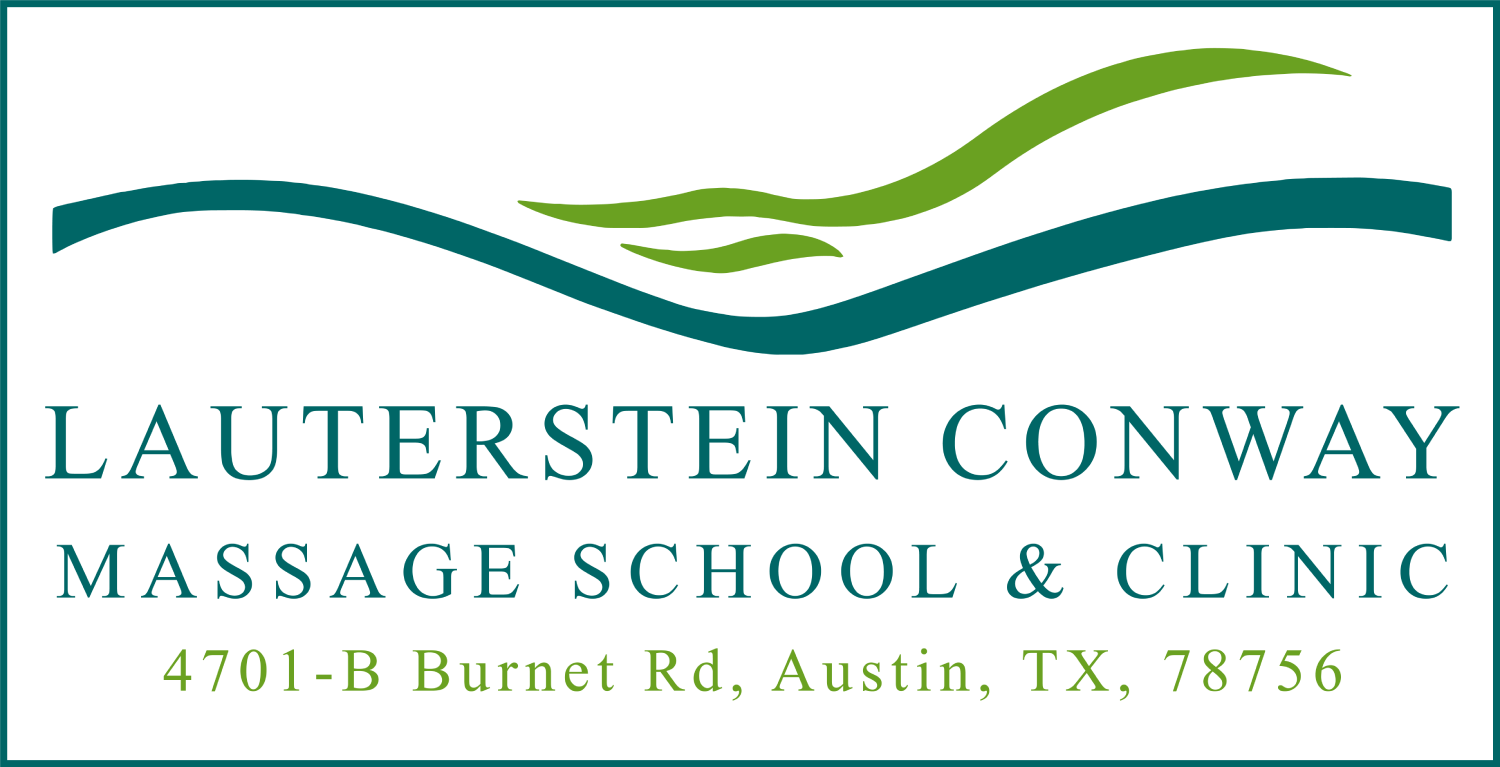by David Lauterstein
Origin – Medius: Anterior gluteal line of ilium, Minimus: Inferior gluteal line of ilium Insertion – Greater trochanter of femur Action – Flexion of extension; medial or lateral rotation and abduction of thigh Antagonist – Adductor magnus
According to some theories of posture, in a healthy body one should be able to draw a straight line up from the ankle, through the knee, greater trochanter, mid-chest, shoulder and ear. Bisect d by this line would be the deltoids and the gluteus medius and minimus. This clarifies the varied functions of the se muscles. Contract the anterior fibers, the segment, be it arm or leg, it is pulled forward and rotated in, i.e. flexed and rotated medially. Contract the middle fibers, the segment is lifted up to the side; rotated out, i.e. extended and rotated laterally.
Therefore, by fine tuning simultaneous contractions of these muscle fibers, we enable ourselves to constantly and subtly adjust the motions of our girdles and limbs.
According to many movement theorists, the pelvic /lower abdominal area should be the overall initiator of movement, it being our physical and spiritual center.
An image of the pelvis that conveys this crucial role is that of a boat. The image so completely conveys the essence that I sometimes think our unconscious experience of the pelvis led to the invention of the boat! The pelvis is the bony basin for abdominal contents. To work well, it must be structured in an overall bowl shape (or is it ship-shape?), and it must be balanced, not listing to one side or the other. (Otherwise, its abdominal cargo would be lost!) Above it, rises nobly the main mast, the spine, held in place by the rigging, the erector spinae, and the main sails – the trapezius, latissimus dorsi, pectoralis major, etc. All these sails are billowing beautifully in the winds of breath. And way up at the top, staring into the distance with his eyeglasses, Mr. Head, in the crow’s nest, who, just because he’s the first to see what’s coming and he’s been up there alone so long, suffers from the delusion that he’s the Capitan of the ship. Down under the water’s surface extend our anchors, the legs, which rest on the ocean “floor.” This analogy breaks it down a bit, yet remains relevant as we feel out how the legs, through our main sources of propulsion and grounding, are still dependent on wind power/breath. And on the emotional seas not being too stormy (in which case they might lose contact with the ocean floor).
Given all this, the crucial role of the gluteus medius and minimus begins to emerge. These are rudders of the ship, I mean, hip. Additionally, when you lift a leg, in walking, these gluteals strongly contract on the side of the opposite leg so that the pelvis stays level. Consequently, paralysis of these muscles is the most serious muscular disorder of the hip.
Since they run along the side, i.e. depth of the body, it makes sense to work them with the client on his/her side, a pillow between the legs and under the head. These muscles are often very tight and unyielding to deep pressure. Often, I find with a personality or area that is used to staying tight, here is so little acquaintance with relaxation that they understand only more or less tightness. Therefore, body mobilization here often is essential. While working in with forearm or fingers, have client gently, slowly raise the leg just a little, and then let it down. Work all around, softening the tissues, bit by bit, more with patience than with force, using the client’s cooperative motion as appropriate.
